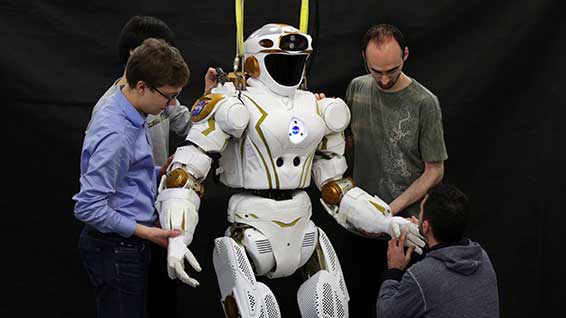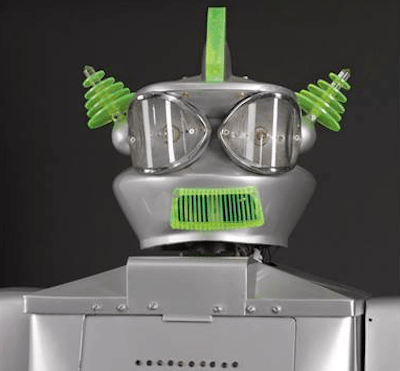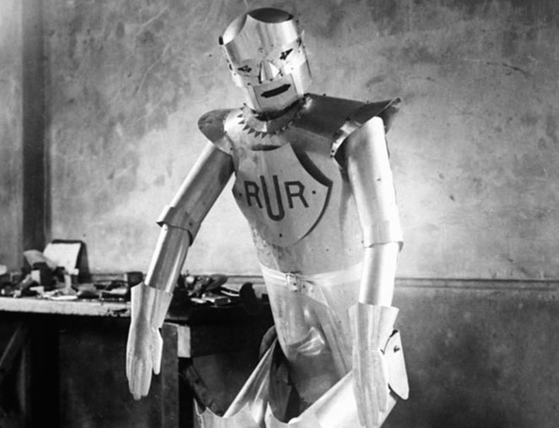 Jason Ford, news editor
Jason Ford, news editor
Two years ago The Engineer was introduced to HIRO, a robot being adapted to work on an Airbus assembly line alongside human counterparts.
The full details can be found here. Something missing from that story is the claim that HIRO’s humanoid ‘face’ would help it to integrate into a production line made up of humans not used to working in close proximity to a robot.
Move forward two years and news of a prototype humanoid robot being delivered to scientists and engineers in Edinburgh who will set about preparing the machine for missions on Mars.
The robot in question is Valkyrie, a 1.8m tall, 125kg bi-pedal machine that can hold and manipulate objects. It was built by NASA in 2015 and delivered to Edinburgh University this spring where experts from the Edinburgh Centre for Robotics, a joint initiative by Heriot-Watt and the University, will set about improving Valkyrie’s handling and walking capabilities, using its sensors to help it make sense of its environment and improve manoeuvrability.
Like HIRO’s familiar face, Valkyrie’s human-like shape is designed to enable it to work alongside people. It is also designed to carry out high-risk tasks in place of people.

Whilst HIRO and Valkyrie are relatively new advances, their development in humanoid form echoes the 500-year story of humanoid robots, which is being told at the Science Museum from February 8, 2017.
Speaking at the press launch of the Robots exhibition, Ian Blatchford, director of the Science Museum Group said: “It's no surprise that throughout history artists and scientists have sought to understand what it means to be human. The exhibition will explore the uniquely human obsession with recreating itself, not through paint or marble but in metal.”
The collection of over 100 robots includes a 16th-century mechanical monk, Cygan, a 2.4m tall machine from the 1950s, and one of the first walking bipedal robots.

According to the Science Museum, the exhibition will explore how robots and society have been shaped by religious belief, the industrial revolution, 20th century popular culture and dreams about the future.

A certain Captain Richards and A.H. Reffell built Britain’s first robot in 1928. Dubbed Eric, the robot was toured around the UK, USA and Europe before disappearing and the Science Museum want to bring him back to life via a Kickstarter campaign.
In a statement, Ben Russell, lead curator for Robots said: "As the UK’s first robot, Eric holds a unique place in our history. He is everything we now imagine a robot to be – a talking, moving mechanical person – and with your support on Kickstarter we’ll bring him back to life for future generations to enjoy."
If built, Eric will go on public display in October 2016 for a month, and then feature in next year’s Robots exhibition.
Support from Kickstarter backers will also enable Eric to travel the world as part of the exhibition’s international tour, as the original Eric had done 90 years previously.
The Kickstarter campaign will run until 16 June with the aim of raising £35,000. Find out more and join the campaign to rebuild Eric at sciencemuseum.org.uk/eric.
The Robots exhibition will open at the Science Museum on 8 February 2017 and run until 3 September 2017.










Water Sector Talent Exodus Could Cripple The Sector
Maybe if things are essential for the running of a country and we want to pay a fair price we should be running these utilities on a not for profit...